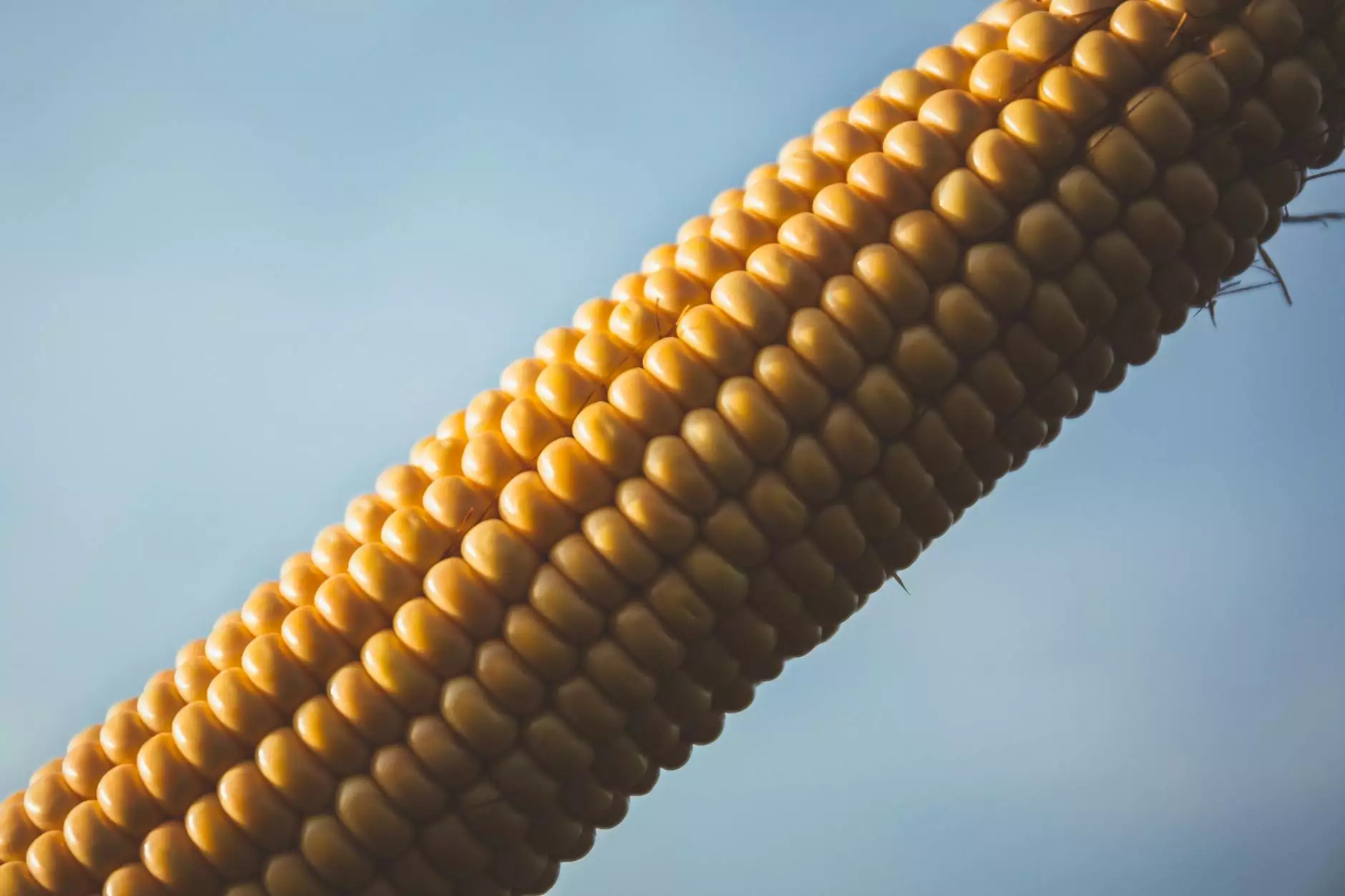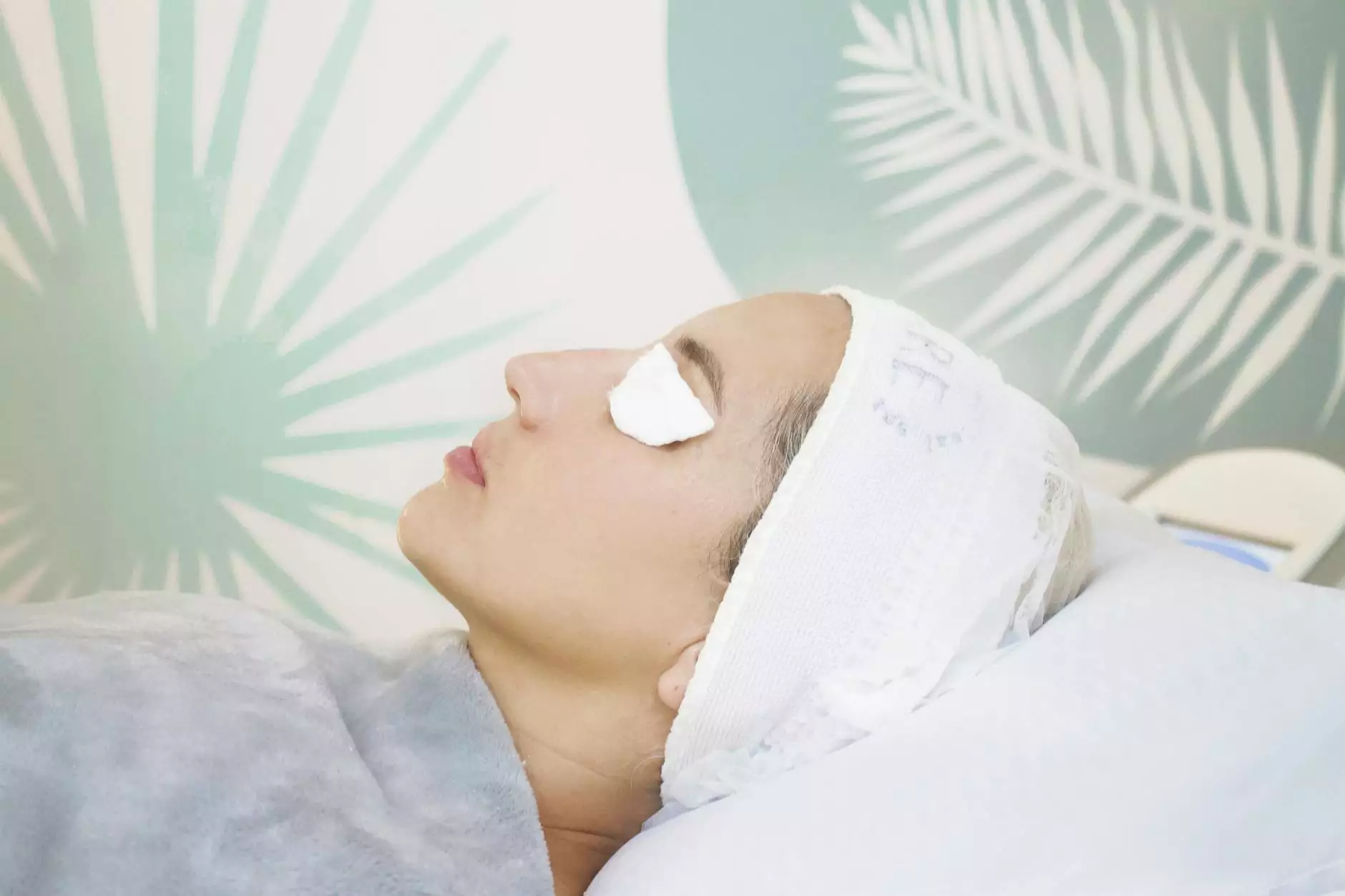Expert Guide to Removing a Corn on Foot

Corns can be a painful and irritating foot condition that many people experience at some point in their lives. Understanding how to effectively approach removing a corn on foot can greatly enhance your foot health and general well-being. This article aims to provide a thorough overview of corns, their causes, prevention methods, and step-by-step methods for safe removal.
What is a Corn?
A corn is a thick, hardened layer of skin that develops due to friction and pressure. They commonly occur on the tops and sides of the toes but can also appear on the sole of the foot. The primary purpose of a corn is to protect the underlying skin, but when the pressure continues, it can become painful.
Types of Corns
Corns are categorized into two main types:
- Hard Corns: These are small, concentrated areas of thickened skin that often develop on the tops of the toes.
- Soft Corns: These occur between the toes and are characterized by their softer, more pliable texture due to moisture from sweat.
Common Causes of Corns
Corns can develop for various reasons, including:
- Improper Footwear: Shoes that are too tight or ill-fitting can cause excessive pressure on specific areas of the foot.
- Foot Deformities: Conditions like bunions or hammertoes may predispose individuals to developing corns.
- Repetitive Activities: Certain sports or jobs that involve repetitive foot movement can lead to friction and subsequently cause corns.
- Dry Skin: People with dry skin are at a higher risk for developing corns, as the skin may harden quicker than usual due to lack of moisture.
Symptoms of Corns
Identifying a corn is typically straightforward, but some key symptoms include:
- Pain or Discomfort: The main symptom is usually localized pain when applying pressure to the area.
- Hard Bump: The skin over the corn may appear thickened, and you may feel a hard bump under the surface.
- Inflammation: The surrounding area may show signs of redness and swelling.
How to Remove a Corn on Foot Safely
While it may be tempting to tackle the removal of corns at home, it's essential to proceed with caution. Here’s a step-by-step guide to safely address the issue:
Step 1: Soak Your Feet
Start by soaking your feet in warm, soapy water for about 10-15 minutes. This softens the corn and makes it easier to remove.
Step 2: Gently Exfoliate
After soaking, gently rub the corn with a pumice stone or foot file. This will help to remove some of the thickened skin. Be careful not to remove too much skin, which can cause bleeding and infection.
Step 3: Apply Moisturizer
Once you’ve exfoliated, apply a thick moisturizer to keep the skin hydrated. Look for creams containing urea, salicylic acid, or alpha hydroxy acids, as these ingredients can help in dissolving the corn gradually.
Step 4: Protect the Area
To prevent further irritation, consider using corn pads or cushioning bandages. These can provide relief by reducing friction against your shoes.
Step 5: Assess and Repeat
Evaluate your corn over the next few days. Repeat the soaking and exfoliating process as needed until the corn diminishes. If there's no improvement or if the area becomes increasingly painful, it's important to consult a podiatrist.
When to See a Podiatrist
In some cases, it is best to seek professional help. You should consider visiting a specialized podiatrist if:
- Your corn becomes infected (indicated by increased redness, pus, or fever).
- You have diabetes or poor circulation, as foot conditions can lead to serious complications.
- Home treatments are not providing relief.
- You experience persistent pain impacting your quality of life.
Prevention Tips to Avoid Corns
Preventing corns from developing is just as important as removing them. Here are some effective prevention tips:
- Choose Proper Footwear: Select shoes that fit well and provide adequate support, avoiding tight or narrow styles.
- Use Foot Powder: Help reduce moisture between your toes and prevent friction by applying foot powder.
- Keep Feet Dry: Regularly check and dry your feet, especially between the toes, to avoid excessive moisture.
- Maintain Foot Health: Regularly inspect your feet for any signs of irritation and take care of your skin by keeping it moisturized.
Conclusion
Understanding how to effectively deal with removing a corn on foot is crucial for maintaining your foot health. With the right knowledge, you can manage this condition with self-care methods while knowing when it’s time to seek professional help. Remember that proper footwear, hydration, and foot care can play a massive role in preventing corns from ever developing.
If you are struggling with corns or other foot-related problems, don’t hesitate to visit thefootpractice.com for expert advice and treatment options from seasoned professionals.
© 2023 The Foot Practice. All rights reserved.









